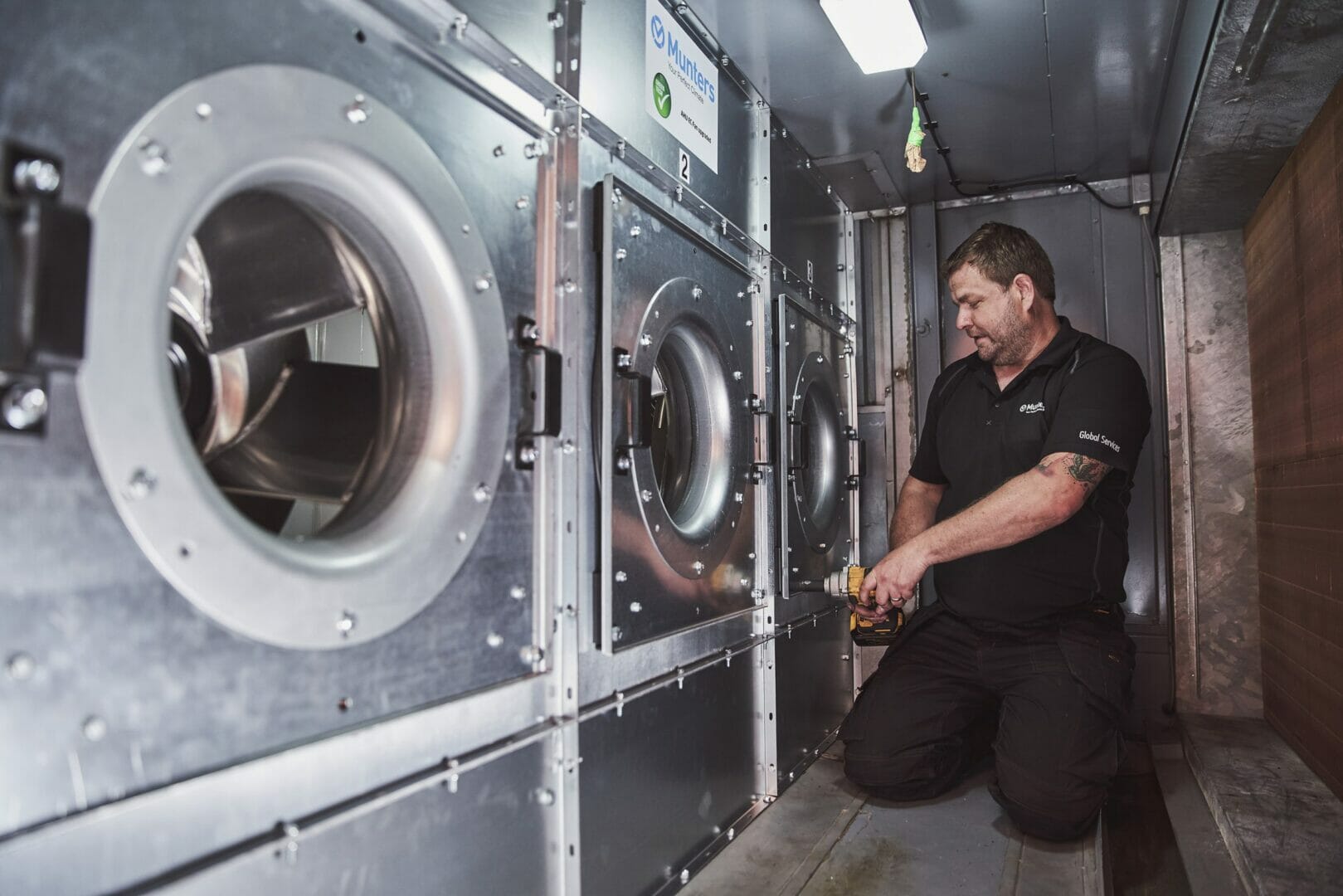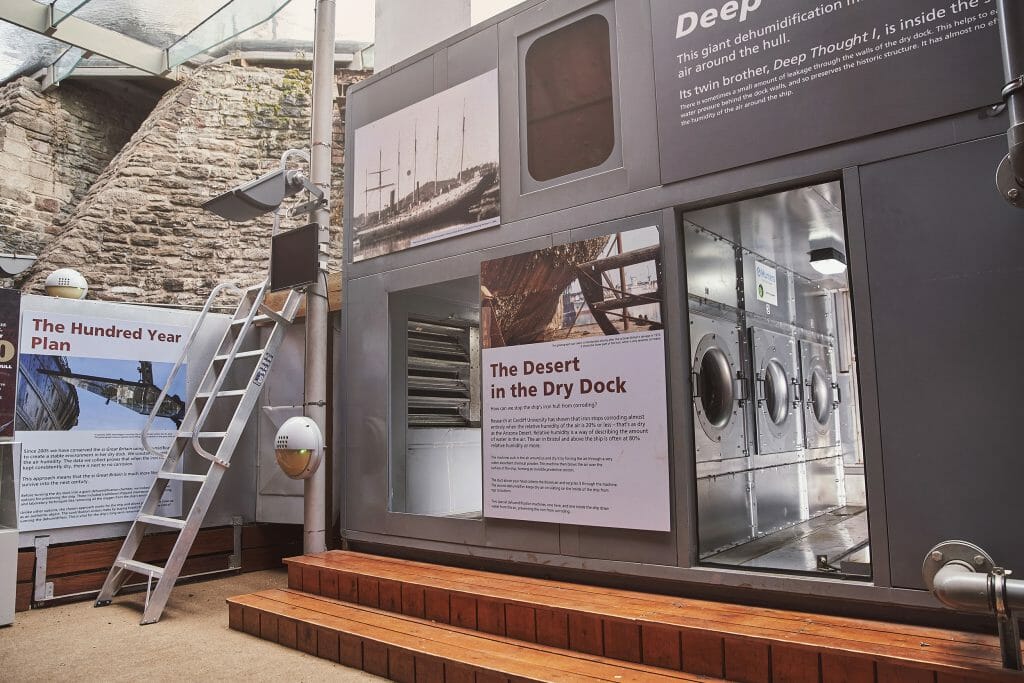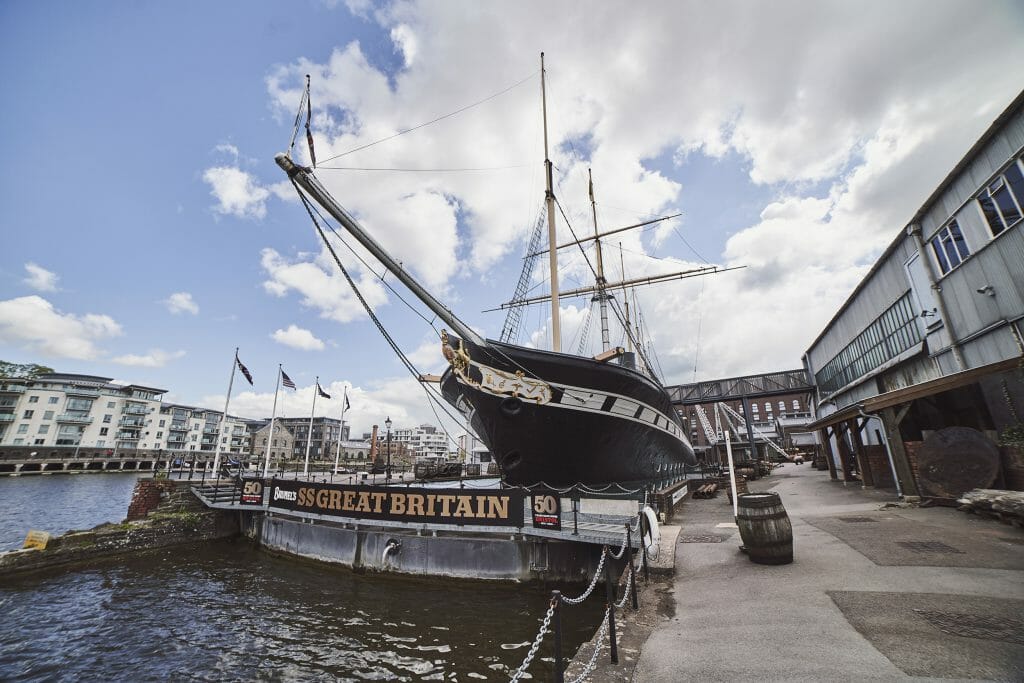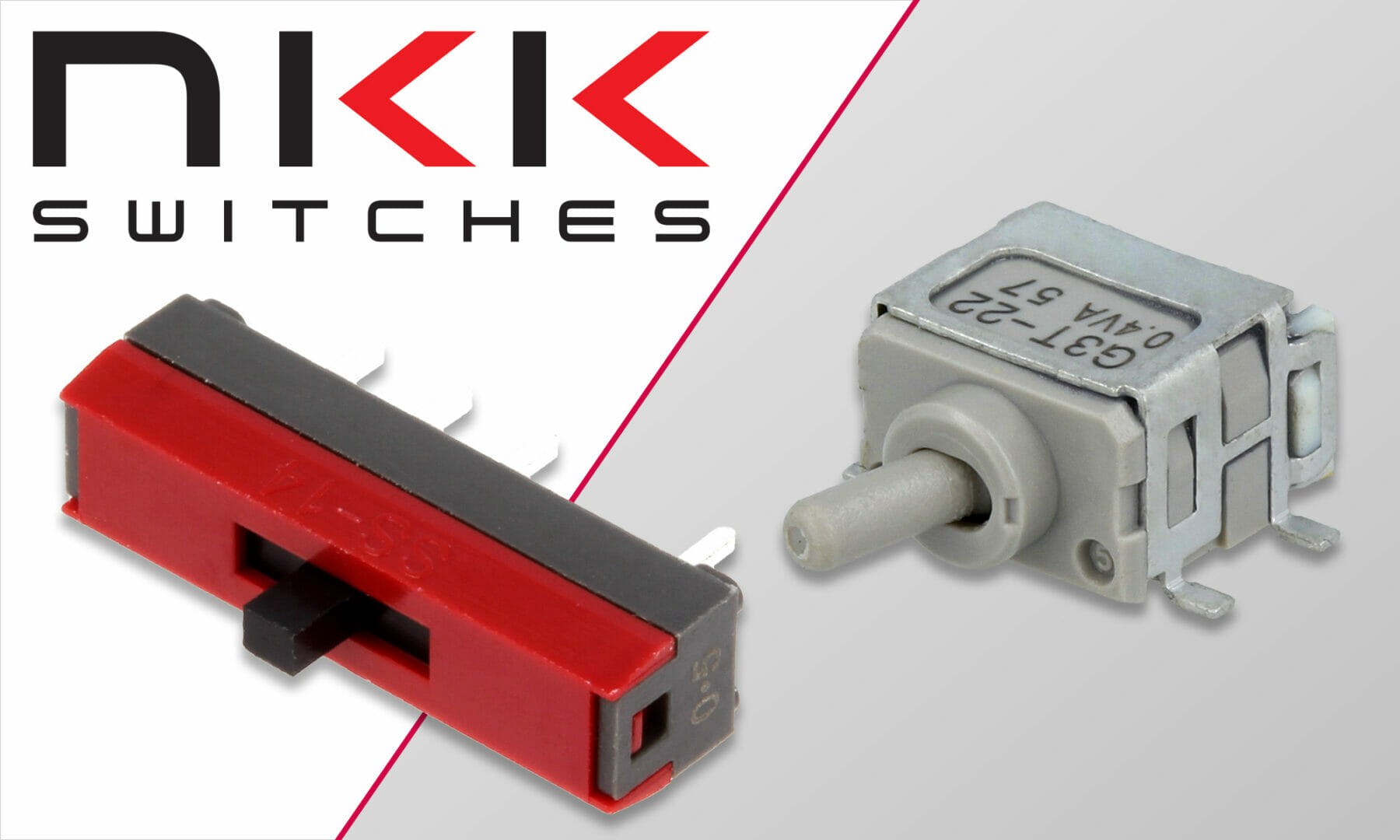Munters, global leaders in energy efficient climate control, recently completed a pioneering upgrade of the dry dock air handling unit (AHU) at Brunel’s SS Great Britain. The upgrade, which was carried out in just one day, ensures long term protection against corrosion, while reducing AHU fan energy consumption by 25-30%.
Background
Launched in July 1843, Brunel’s SS Great Britain was the world’s first iron hulled, screw propeller-driven, steam-powered passenger liner. The largest ship of her day, she is the only surviving example of her type. She was returned to Bristol in 1970 as a hull, and underwent a multimillion pound conservation program in the early 2000’s. As part of this program, two specially-designed air handling units complete with Munters desiccant rotor technology were installed to protect the iron hull from corrosion. One of these AHU’s was installed inside the ship, and the other was installed in the dry dock (often referred to as the dry dock dehumidifier).
“Looking after the ship and conserving the original iron is the most important thing that we do” said Nicola Grahamslaw, Ship’s Conservation Engineer for Brunel’s SS Great Britain. “By ensuring the air around the ship is kept at 20% relative humidity, which is as dry as the Arizona desert, we can stop the ship from rusting. This keeps her structurally safe for many years to come.”
Time to upgrade
Since its initial installation, Munters has worked closely with the SS Great Britain to carry out routine service and maintenance. During one visit, Munters suggested replacing the old belt driven fan (which was coming to the end of its expected life) with the latest EC plug fan technology. This would reduce energy consumption, and improve resilience and efficiency.
“I wanted to know how I should run this system to minimize our energy consumption and reduce our carbon footprint,” said Nicola. “Munters has been really helpful in discussing how we run the kit, helping us to analyse our data, and suggesting how we can optimize our energy use.”
Paul Harrison, Head of Technical Services at Brunel’s SS Great Britain, is responsible for looking after the plant equipment. “If we have a drive belt failure, we have lost all of our air supply. This leads to downtime for the machine, time for the maintenance team to replace those belts, and time to get it back up and running. Removing drive belts from the equation is a big plus for us.”
- SS Great Britain dry dock dehumidifier fans refit by Munters. Photo by Adam Gasson / Munters
- Nicola Grahamslaw, Ship’s Conservation Engineer for Brunel’s SS Great Britain. Photo by Adam Gasson / Munters
- SS Great Britain dry dock dehumidifier fans refit by Munters. Photo by Adam Gasson / Munters
Image copyright Adam Gasson / Munters. All rights reserved.
Installation
The original dry dock dehumidifier consisted of an AC motor, scroll fan and inverter, three separate components that can all fail. Due to the way the dry dock is designed, it is not possible to replace the dehumidifier with a newer AHU.
Munters therefore proposed a bespoke upgrade by designing a bulk head for the new fans that could be brought in in component form, flat packed, and retrofitted. The upgrade was completed in just one day.
Munters engineers removed the old belt driven fan, and replaced it with three electronically commutated (EC) direct drive plug fans from Ebm-papst. The fans were fitted in a fan wall configuration and digitally integrated into the ship’s control system.
Minimizing downtime was an extremely critical factor for the customer. Chris Stead, Munters Projects Manager said “Ultimately we don’t want to expose the ship to humid air. In the morning, we started by removing the old fan and by the evening the new fans were up and running.”
Replacing belt driven fans with direct drive EC fans removes the energy required to power the mechanical belts. The new fans have built in redundancy, so if one fan fails the others will ramp up to compensate, preventing any loss of air flow or impact on humidity levels.
Benefits of the upgrade
Greg Frazer, Munters Service Sales, said “This upgrade brings cutting edge technology into the original dehumidifier with minimal disruption to the customer. There is little maintenance, and we predict energy savings for the fan are 25-30%.*”
When it comes to maintenance, the new fans offer two main advantages. The first is removing the dependence on drive belts, which can easily fail. The second, is using three fans instead of one single fan. “In the unlikely event that a failure occurs, there will still be some air flow (from the other two fans)” said Paul. This ensures the ship is always protected against corrosion.
The SS Great Britain Trust has committed to reach net zero carbon emissions by 2030, and conserving the ship is one of the biggest energy consumers. “As with any conservation project, what you do has to be sustainable,” said Nicola. “Every time we make a tweak to the system, we are thinking about our carbon footprint, and learning how we can make that energy requirement as small as we possibly can on our journey to net zero”.
Brunel’s SS Great Britain dry dock EC fan upgrade.
- Reduce fan motor energy consumption by 25-30%
- Built-in redundancy prevents air flow loss for optimised performance
- Reduce maintenance requirements, and improve reliability and resilience
- Sustainable conservation project supports carbon neutral goals











